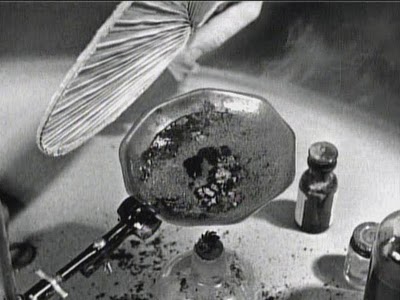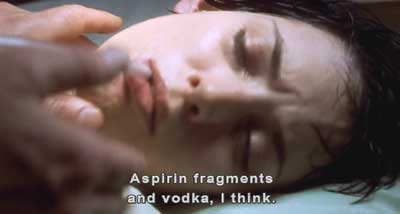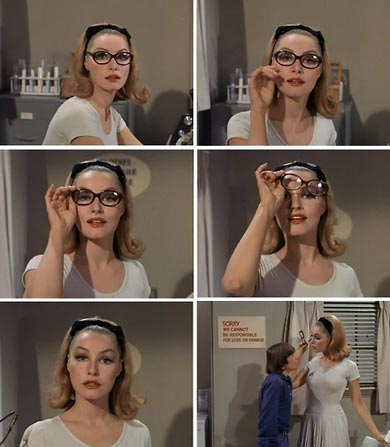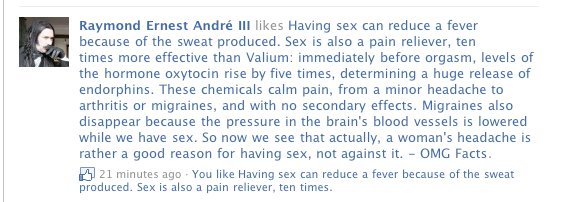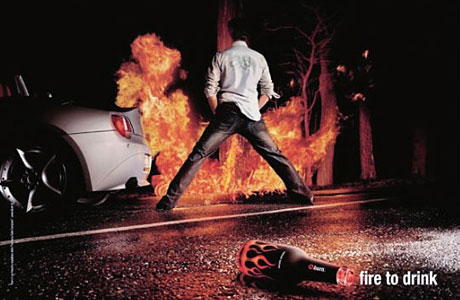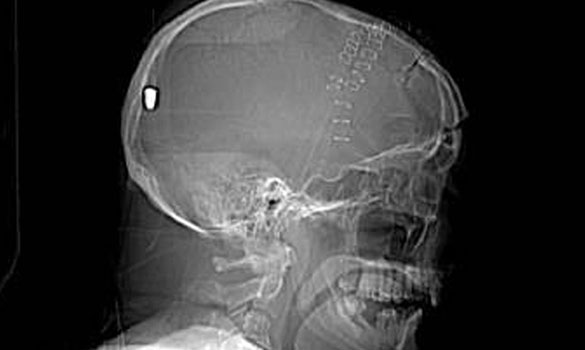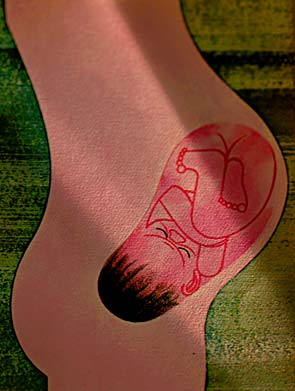A foreign substance is introduced into our precious bodily fluids without the knowledge of the individual. Certainly without any choice.
With the warnings this week in Canada and the United States about the risks of dosing errors with vitamin D drops, I thought it was an appropriate time to discuss dose measurement as barrier to science-based care. Dosing errors are among the most common and most preventable causes of adverse drug events in children.
Why children? Drugs for children are often in liquid form for ease of measurement and administration. Typically dosed based on milligrams per kilogram, liquid formulations allow us to (in theory) deliver the exact dose that’s appropriate. But measurement isn’t always easy or intuitive. What’s the best way to measure 2.5mL (half a teaspoon)? How easy is it to confuse teaspoons (5mL) and tablespoons (15mL)? And what instructions should health professionals give parents and caregivers to ensure they can measure and administer a dose accurately? Despite the prevalence of dosing errors, there is little evidence telling us what health professionals, or parents, can do better. Until now.
In a study by Yin et al in Archives of Pediatric and Adolescent Medicine, the authors set out to determine what works, and what doesn’t, when it comes to measuring liquid medications for children.

